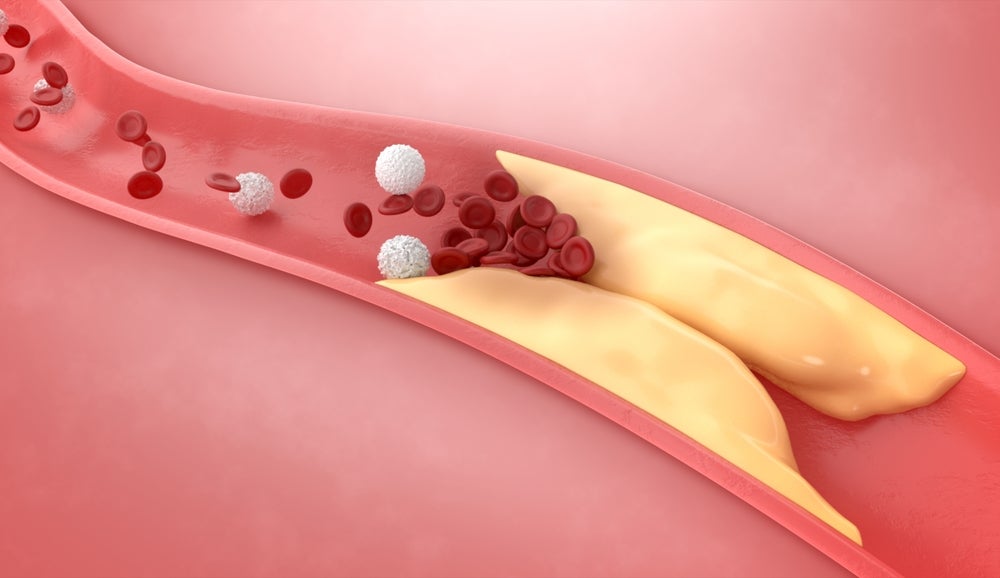In the UK, heart disease is the leading cause of death in women. As heart disease is historically more prevalent in males, it is often considered a ‘male disease’, meaning that women are less likely to identify symptoms, and to be under and misdiagnosed and under-represented in clinical trials. Every year thousands of women die of heart disease in the UK, but physicians say that a large proportion of these deaths could have been prevented. Julia Barker, a researcher from the British Heart Foundation (BHF), says that there is a heart disease gender health gap – it is of paramount importance that efforts are put into closing the gap, and informing women of their risk of heart disease while ensuring healthcare professionals are hyperaware of how heart disease presents in women, to ensure no diagnoses are missed. Leading data and analytics company GlobalData‘s epidemiologists anticipate that if there is an increased effort to close the gender health gap, not only will there be fewer prevalent cases of heart disease, but there will be fewer fatal outcomes associated with heart disease in women.
Coronary heart disease, also referred to as coronary artery disease (CAD), is the term that describes what happens when the heart’s blood supply is blocked or interrupted by a build-up of fatty substances in the coronary arteries. The symptom profile of CAD is heterogeneous, which creates diagnosis barriers, but the common symptoms of CAD include chest pain, shortness of breath, and pain in the neck, shoulders, jaw, and arms, as well as feeling faint and nauseous. The symptoms associated with CAD can commonly be confused with the symptoms of asthma and anxiety, depending on the severity, so ensuring thorough diagnostic tests are completed is essential when a patient presents with these symptoms. However, according to the BHF, women are less likely to seek medical attention when experiencing a cardiac episode but are also 50% more likely to receive a misdiagnosis when having a heart attack or cardiac episode. Both men and women who are initially misdiagnosed have a 70% higher risk of dying.
According to the BHF, the risk factors for heart disease are often more deadly for women than men. For example, smoking increases women’s heart attack risk up to twice as much as men’s, high blood pressure increases women’s risk 80% more, and type 2 diabetes increases women’s risk 50% more. With this in mind, it is important to educate women about their increased susceptibility to heart disease and inform them of the symptoms to be aware of, and how to take appropriate action when they occur, to ensure the best outcome. Currently, GlobalData epidemiologists anticipate that there will be 1,060,000 cases of CAD in men in the UK in 2024, compared to 550,000 diagnosed prevalent cases in women. The diagnosed prevalent cases are anticipated to increase to 1,100,700 in men and remain at 550,000 cases in women by 2032.
It is likely if there is increased conversation regarding the symptoms and risk factors of CAD, over time the prevalence will decline as women start to make more lifestyle changes, but also cases of CAD would be more likely to be diagnosed and treated correctly, exposing women to less severe outcomes.

US Tariffs are shifting - will you react or anticipate?
Don’t let policy changes catch you off guard. Stay proactive with real-time data and expert analysis.
By GlobalData




